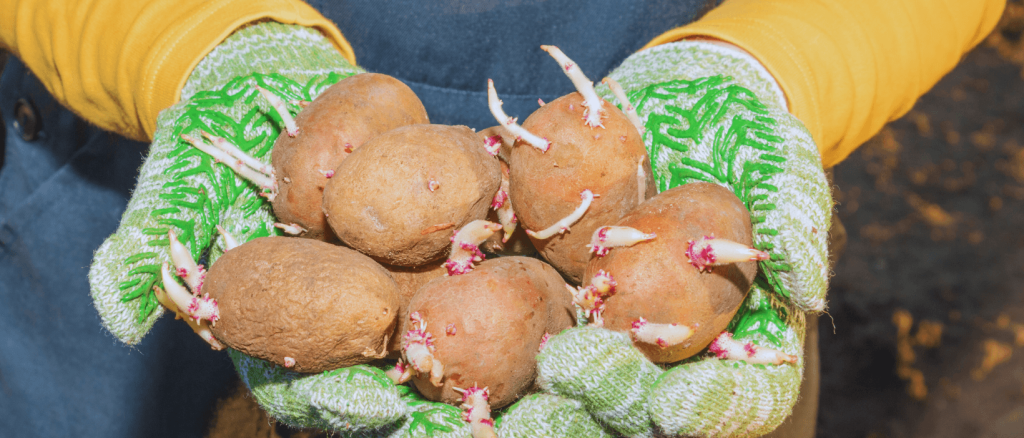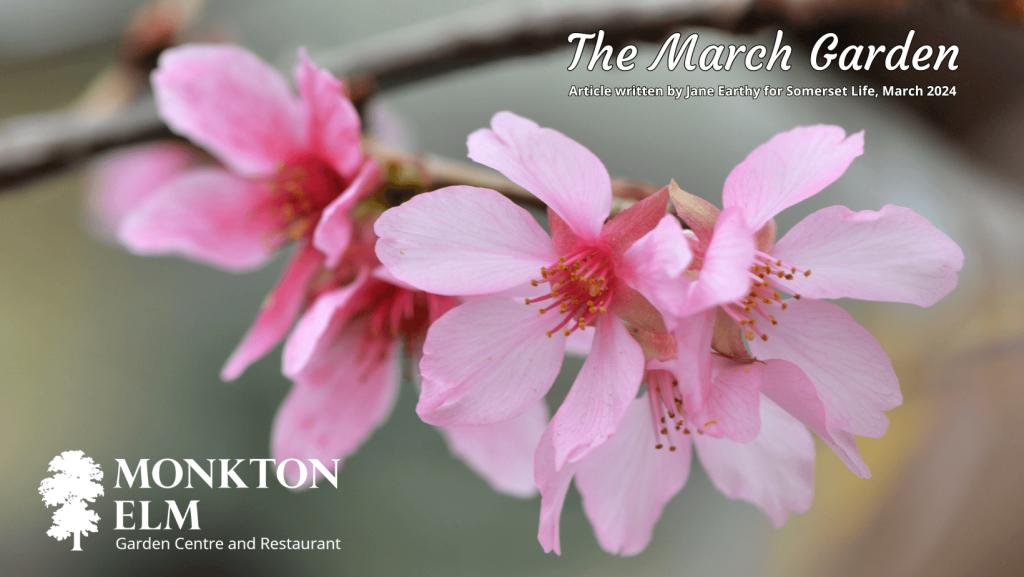The march garden
The garden in early spring is full of promise; many plants are beginning to stir from their winter slumber, whilst others like Primroses and Pulmonaria are already in flower, and the fresh air is filled with scent from early flowering trees and shrubs. Their blossom provides essential food for early pollinators such as bumble bees which can be seen out and about on warm days. Here I look at a few of my favourites.
There are several Prunus (flowering cherry) that are at their peak during March. One of the very best is the Fuji cherry, P. incisa ‘Kojo-no-Mai’. Its wiry stems have a ‘zig zag’ appearance and are covered in masses of pearly pink flowers. This upright small tree is a good choice for a small garden or patio, slowly reaching about 2 metres, and can be container grown. Good autumn leaf colour is a bonus.
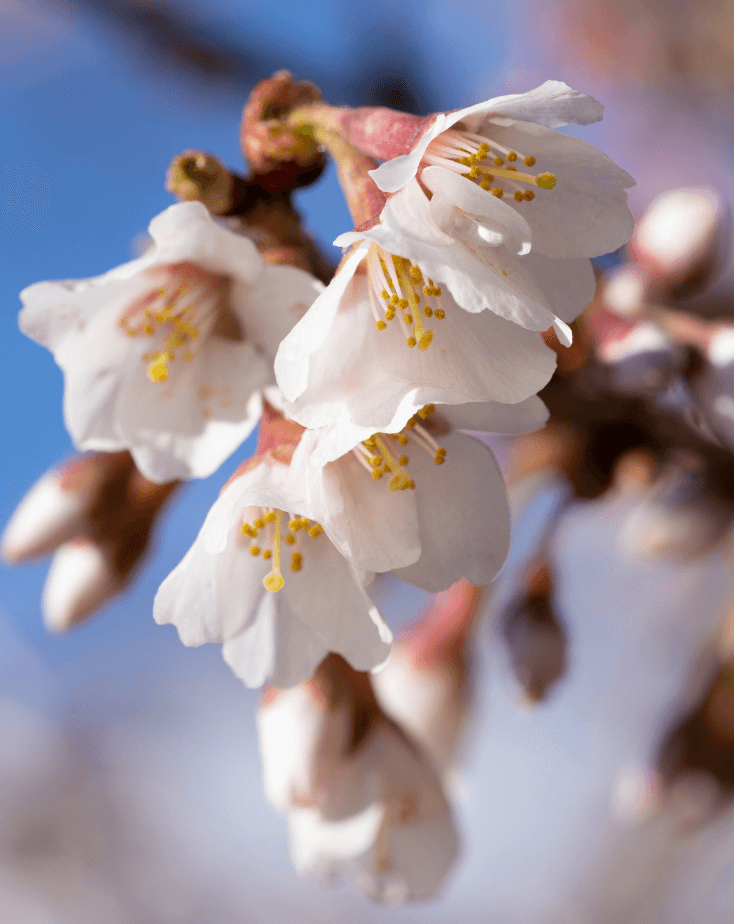
Another small flowering cherry is P. mume ‘Beni Chidori’, also known as the Japanese apricot. I absolutely love the carmine pink flowers, as they have a heavenly almond scent. Borne in profusion along bare stems now, although often buds begin to open in February. The name translates as ‘Flight of the red Plovers’ which is quite lovely. Suitable for container growing and pruning annually after flowering maintains its shape.
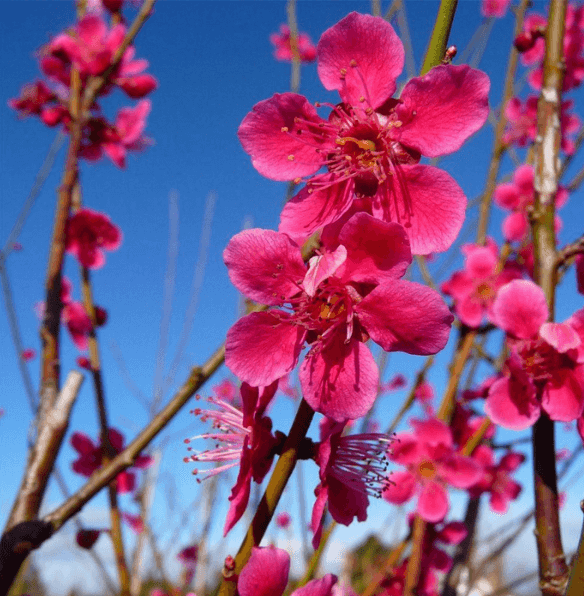
Flowering Quince, Chaenomeles, is a good plant for many reasons. Superb flowers adorn its tangled branches now, it is tough as old boots, and grows practically anywhere, even in exposed areas. It can be trained as a wall shrub, and its spiny stems deter unwanted visitors. A relative of the culinary quince (Cydonia) the small hard fruit can also be used in recipes.
Try C. x Superba ‘Rowallane’, with large red flowers, a marvellous example of which can be found trained up the wall at the National Trust’s Knightshayes house in Devon. C. speciosa ‘Moerloosei’ is called the apple blossom quince as its bowl shaped, white tinged pink flowers do indeed closely resemble apple blossom. Very pretty and easy care. Prune Chaenomeles after flowering if necessary.
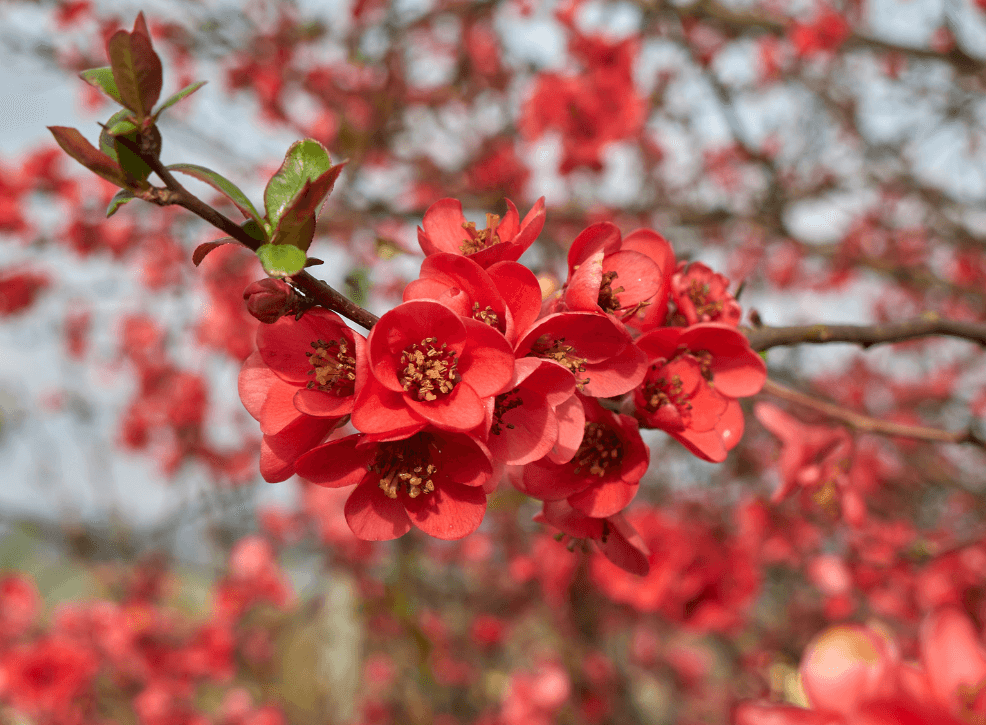
Stachyurus praecox is an unusual shrub not seen enough in gardens. A pity, as at this time of year bronzed stems are covered in long racemes of tiny primrose yellow bells, opening from buds formed in the previous autumn. Reaching around 2.5 to 3m in 10 years, Stachyurus is best planted in light, moist well drained soil, in neutral to acid soil.
My last selection is Forsythia. The vivid yellow flowers of Forsythia x intermedia ‘Lynwood Gold’ positively glow in low sun and it can be used as a wall shrub, freestanding or as a hedge. Cut out a few older stems after flowering to maintain its shape.
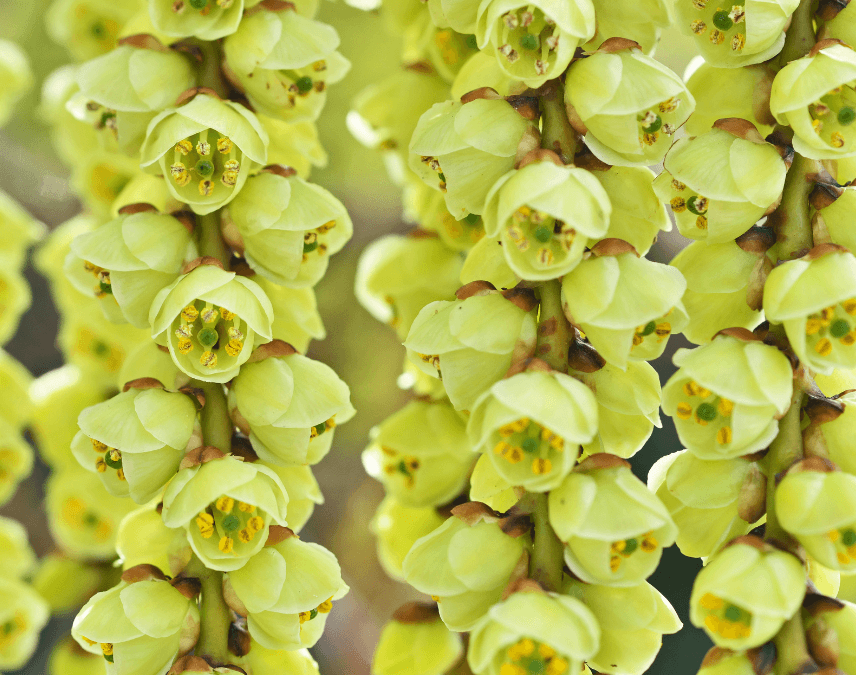
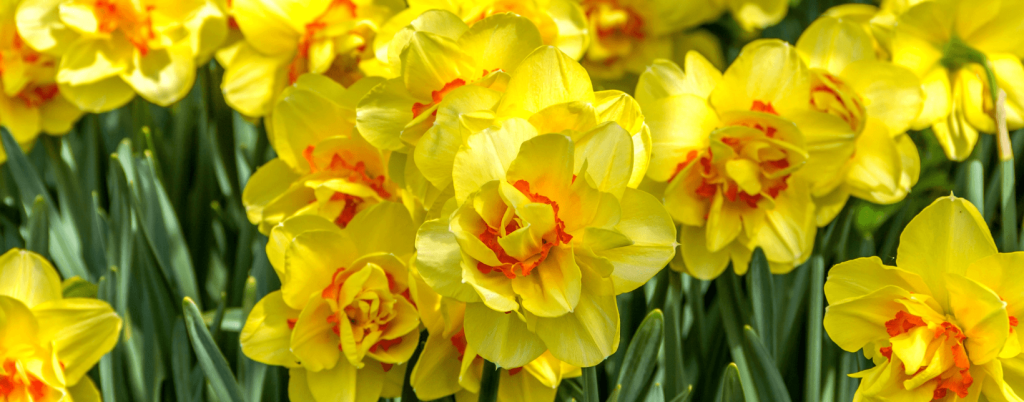
Jobs in the March Garden
• Deadhead daffodils and other spring flowering bulbs when flowers fade, removing the flower heads and seedpods behind them. Leave foliage to die back naturally, feeding occasionally, to ensure next year’s display.
• Lift and divide herbaceous perennials replanting the best pieces. Take the opportunity to change things around, clear perennial weeds and improve the soil with compost.
• Continue to plant summer flowering bulbs such as lilies and gladioli. Start them off in pots and pop the pot into the border later for instant colour.
• Prepare ground for laying turf which can be done now if the ground isn’t frozen. Lawn seed sowing is best left until April.
• Check pot grown plants and repot if root bound, using fresh compost.
• Divide clumps of snowdrops, replanting at the same depth elsewhere to increase stocks.
• First early potatoes can be planted in the second half of March, weather permitting.
